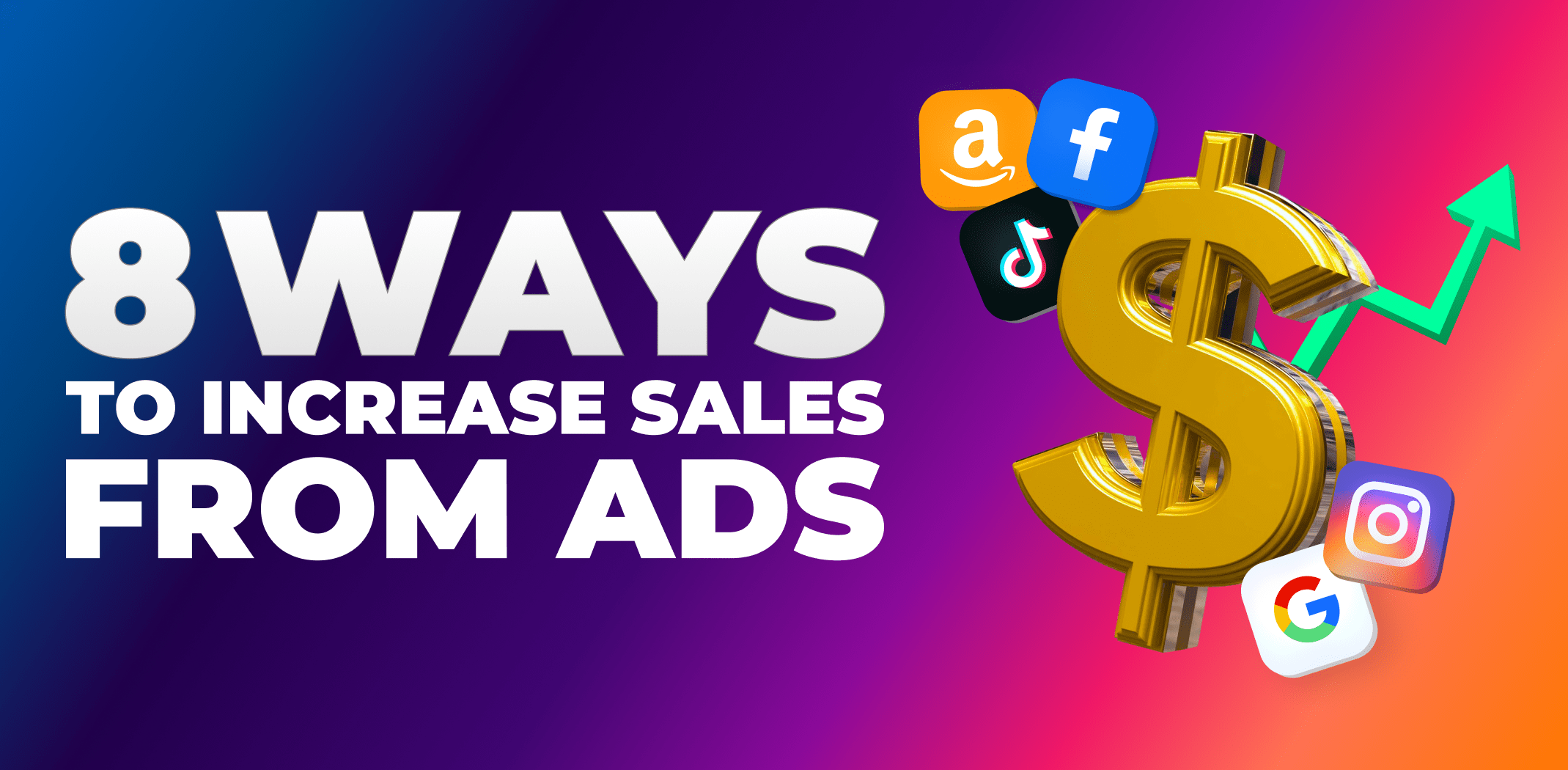Do you want to make money online without dealing with shipping or inventory?
Selling digital products can make that possible.
In this article, we will break it down step by step and show you how you can start and grow that kind of business.
1. What are digital products?
Digital products are items you sell and deliver online. Examples include ebooks, templates, online courses, photos, music, software, and membership content. You create them once, and can then sell them many times.
This type of business has three significant advantages:
- Low cost – No need for factories, storage, or shipping.
- Global reach – Anyone with an internet connection can be your customer.
- Scalability – Your business can grow without limits.
In this guide, you’ll learn how to choose the right product, set up your store, and build a steady online income.
2. Identify your niche and audience
Niche selection
Choose a topic you know well or enjoy. The more focused your niche, the easier it is to stand out from the crowd. For example:
- Instead of “Fitness,” try “Home workouts for busy parents.”
- Instead of “Graphic design,” try “Canva templates for Instagram coaches.”
Target audience
Think about who you want to help. Ask yourself:
- What problems do they have?
- What would make their life easier?
- What products are they already buying?
Market research
Check if people are interested in your idea. You can:
- Look at Google Trends for popular topics.
- See what sells well on Etsy, Amazon, or other marketplaces.
- Ask questions in online groups or communities.
If you see many similar products already selling, it’s usually a good sign. It means there is demand.
3. Create your digital product
Content creation
Make your product with your audience in mind. Every feature or lesson should solve a problem or help them reach a goal.
Product types
Here are some examples of popular digital products:
- Ebooks – Share practical knowledge in a simple guide.
- Online courses – Teach a skill with video lessons and worksheets.
- Checklists – Give simple step-by-step guides that help people stay organized and take action.
- Templates – Save time for people with ready-made designs.
- Software or apps – Help users with tools that make tasks easier.
- Music or sound effects – Useful for content creators and game developers.
Quality is key
Your product should always be:
- Well-designed with a clean, professional look.
- Easy to use with clear instructions and simple formats.
- Reliable with no errors, broken links, or missing files.
4. Choose a sales platform
You need a place to sell your product. Here are three main options:
- Ecommerce platforms like Shopify, Etsy, or Sellvia. These let you create your own online store.
- Digital marketplaces like Gumroad, Payhip, or SendOwl. These focus on digital products and handle delivery for you.
- Your own website using WordPress, Hostinger, or Squarespace. This gives you full control over design and pricing.
5. Set up your online store
Once you choose a platform, you need to prepare your store:
1. Create your storefront – Add your logo, colors, and a short “About” section.
2. Upload your product – Ensure the files are functional and downloads are seamless.
3. Write product descriptions – Be clear about the benefits. Show how it helps the customer.
4. Set your price – Check competitors, but also think about the value you provide.
5. Add payment options – Use secure systems like PayPal, Stripe, or card payments.
6. Market your digital products
Creating your product and adding it to your store is only the beginning. The next step is making sure people know about it.
SMM (Social media marketing)
Share useful tips, previews, and behind-the-scenes content on Instagram, Facebook, Pinterest, or TikTok. Focus on helping, not just selling.
Email marketing
Offer a freebie (like a checklist or sample) in exchange for an email address. Then send updates, advice, and special offers.
Content marketing
Write blog posts, make short videos, or even start a podcast about your topic. This builds trust and shows your expertise.
SEO (Search engine optimization)
Use simple keywords your audience is searching for in product titles, descriptions, and blog posts. This helps more people find you on Google.
Paid advertising
If you have a budget, try small ad campaigns on Facebook or Google to reach new customers quickly.
Start with one or two marketing channels, learn what works, and then expand. Consistent promotion will bring steady growth over time.
7. Optimize and scale
When sales start coming in, it’s time to grow.
Track performance
Check your sales numbers and website traffic. See what works and what doesn’t.
Gather feedback
Ask your customers for their opinions. Use this to improve your product and build trust.
Add more products
Once you succeed with one product, create more. Related products often sell well to the same audience.
Expand your reach
Try new platforms, collaborate with other creators, or even translate your product to sell in new markets.
Final thoughts
Selling digital products is one of the easiest ways to start an online business. You don’t need a warehouse or a big budget. All you need is a good idea and the drive to share it.
Here’s what to remember:
- Choose a clear niche.
- Create a product that solves a problem.
- Pick the right platform to sell.
- Promote it in a consistent way.
- Keep improving and adding new products.
Start with just one product today. Learn from your customers, continually improve, and keep building. Every small step brings you closer to a steady online income.
Ready to grow your store with nonstop sales? Tap into the power of digital products that deliver instantly, boost profits, and keep customers coming back in 2025!
DISCOVER MORE












![The Easiest Way To Advertise Your Business In 2025 [Sales Are Guaranteed]](https://sellvia.com/wp-content/uploads/2025/04/Обложка-v2-min.png)
![Best Dropshipping Products To Sell Now [Updated Weekly]](https://sellvia.com/wp-content/uploads/2024/09/Banner-min.png)




